India is home to innumerable indigenous folk and cultural festivals. Every state has many such festivals celebrated on different occasions. While most are familiar with the ones that are celebrated across the country like Diwali and Holi there are many regional ones too. To name only a prominent few, there’s Onam and Pongal in the south, Durga Puja in the east, Bihu and Hornbill festival in the north-east, Shimga, Navratri and Ganesh Chaturthi in the west, Baisakhi and Pushkar in the North… the list goes on. While I haven’t experienced them all, I planned and attended a very peculiar folk/religious celebration in the India’s far north: Hemis Festival.
[dropcap]O[/dropcap]n a solo bike trip in Ladakh, when my bike broke down I had to abandon original plan. If you haven’t yet read the story of how I caught the dreaded altitude mountain sickness (AMS) do read my last post: Incredible Ladakh: My Solo Travel Adventure . Because of the early retirement, I could attend both the days of this relatively unknown local Himalayan festival. Here’s a short photo essay on the magical Hemis Festival in Ladakh, India.
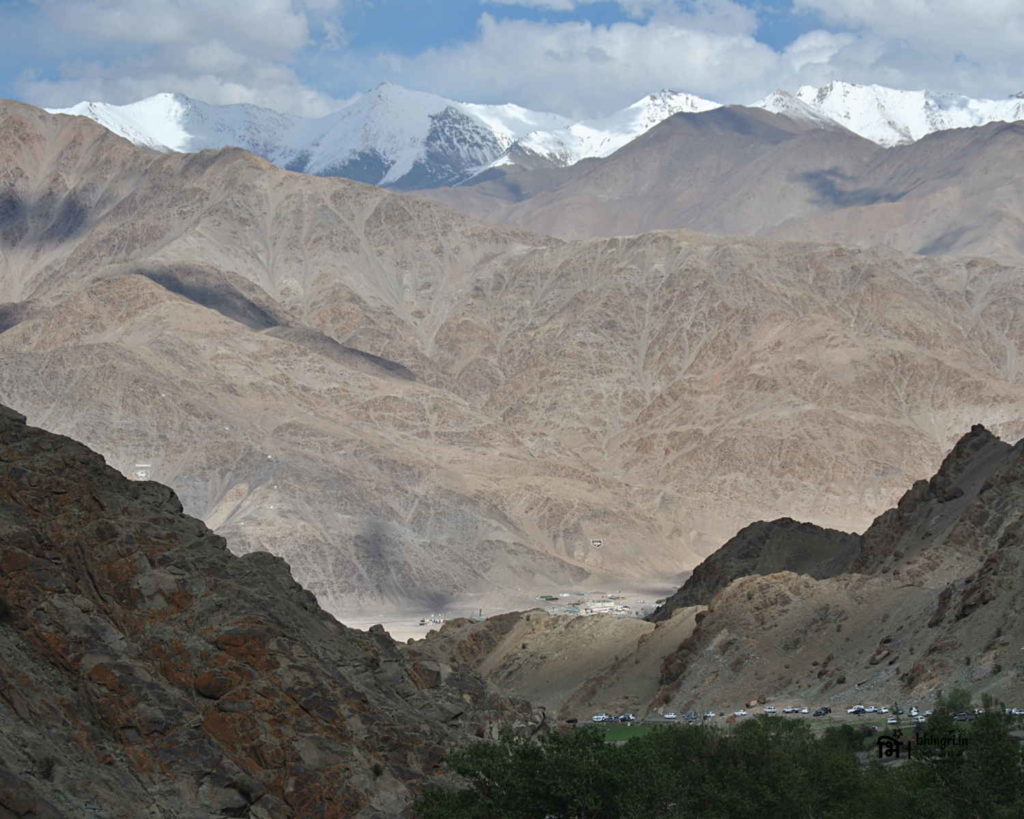
Prologue
Ladakh is the land of Buddhist monasteries and has a strong influence of Tibetan culture. These monasteries are called as Gompas in the Ladakhi language. There are many popular gompas around the entire region and the one at Hemis is among them. However, not many people know about this annual festival held in the quad of the Hemis monastery. The folk festival is hosted every June (towards the end) and lasts for two days. On both days the locals flock religiously to attend and seek blessings.
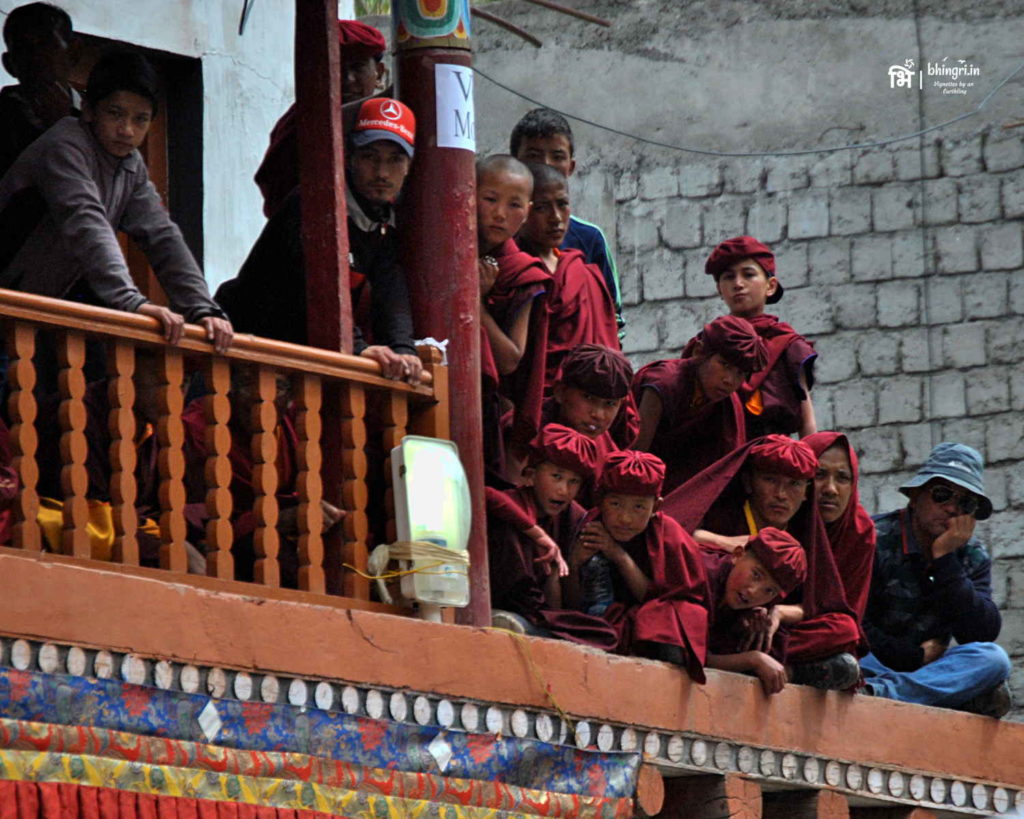
The festival begins by welcoming the head monk to the monastery. The monks stand on two sides of the red carpet laid with banners and instruments. It’s pretty evident from the overall bustle at the monastery how dedicatedly the monks make the preparations.
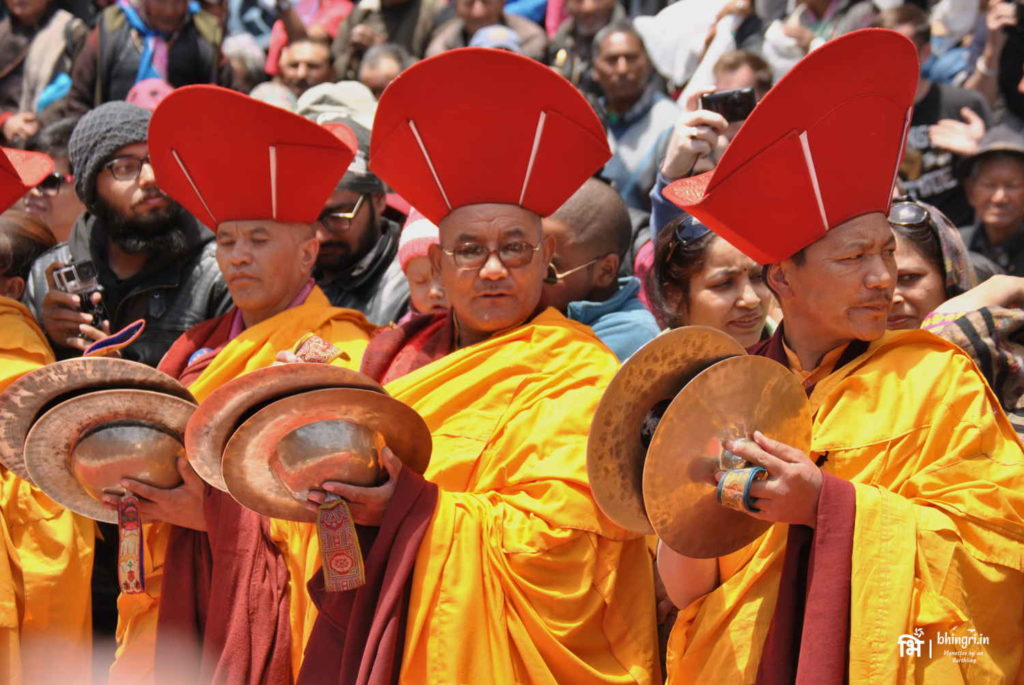
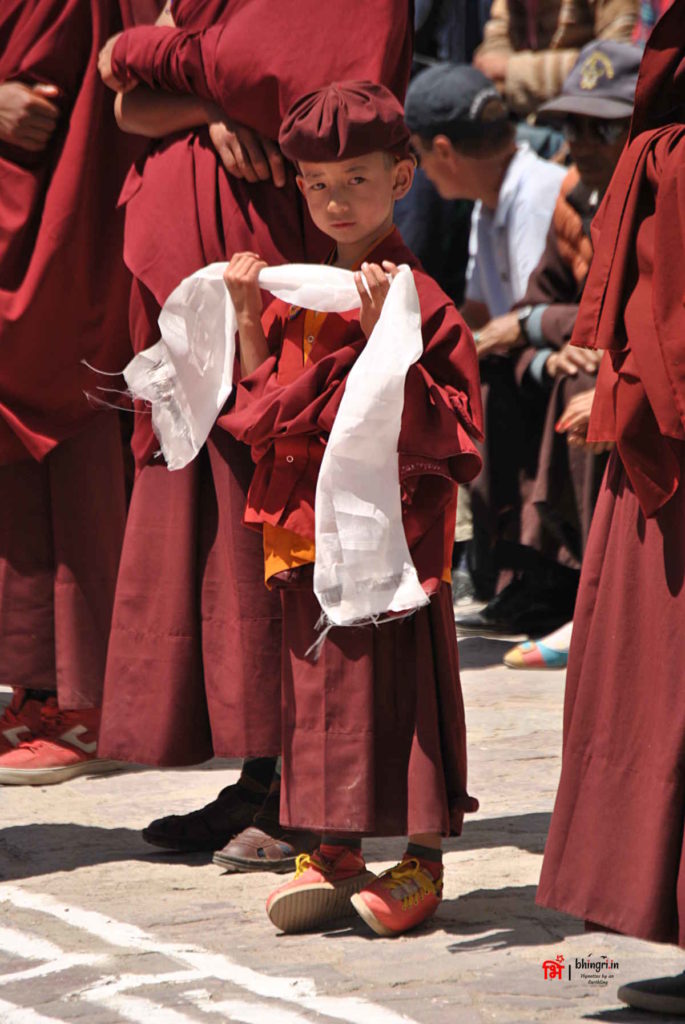
The Beginning of Mask Dance
A couple of monks blow the Ladakhi long horns called as Dungchen and then the head monk seated behind in the balcony announces the beginning of festival.
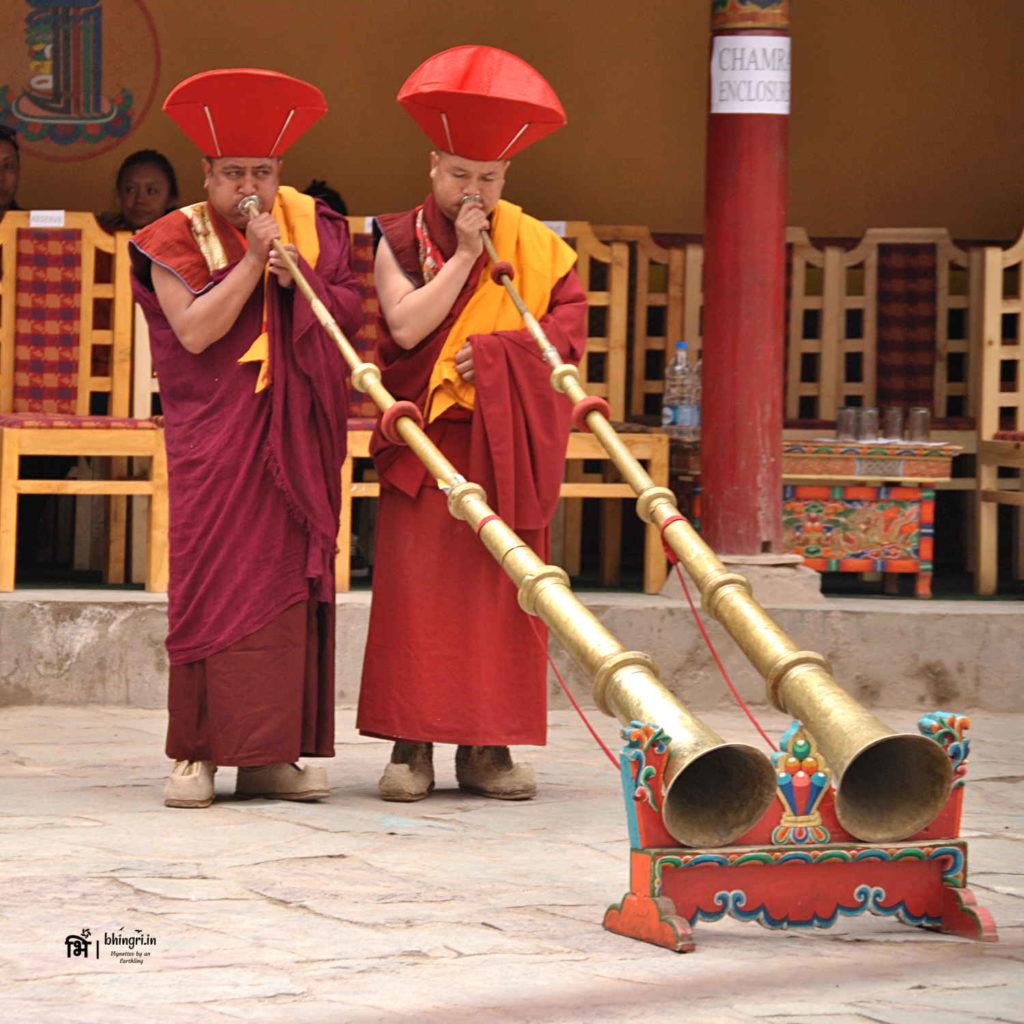
One by one various masked men enter the quad in groups of 5 to 10. Their elegant masks and clothes with incredibly vivid colours and designs attract attention. The monastic orchestra of traditional Ladakhi instruments continues to play. The masked dancers then begin circling the central long flag pole on the rhythm of the horns and drums. The music is very intense, the tempo in slow beats and with unique high pitch sounds. Listen to the audio clip below to hear the atmosphere created by the music.
[highlight]The Ladakhi long horns signalling the beginning of the festivities[/highlight]
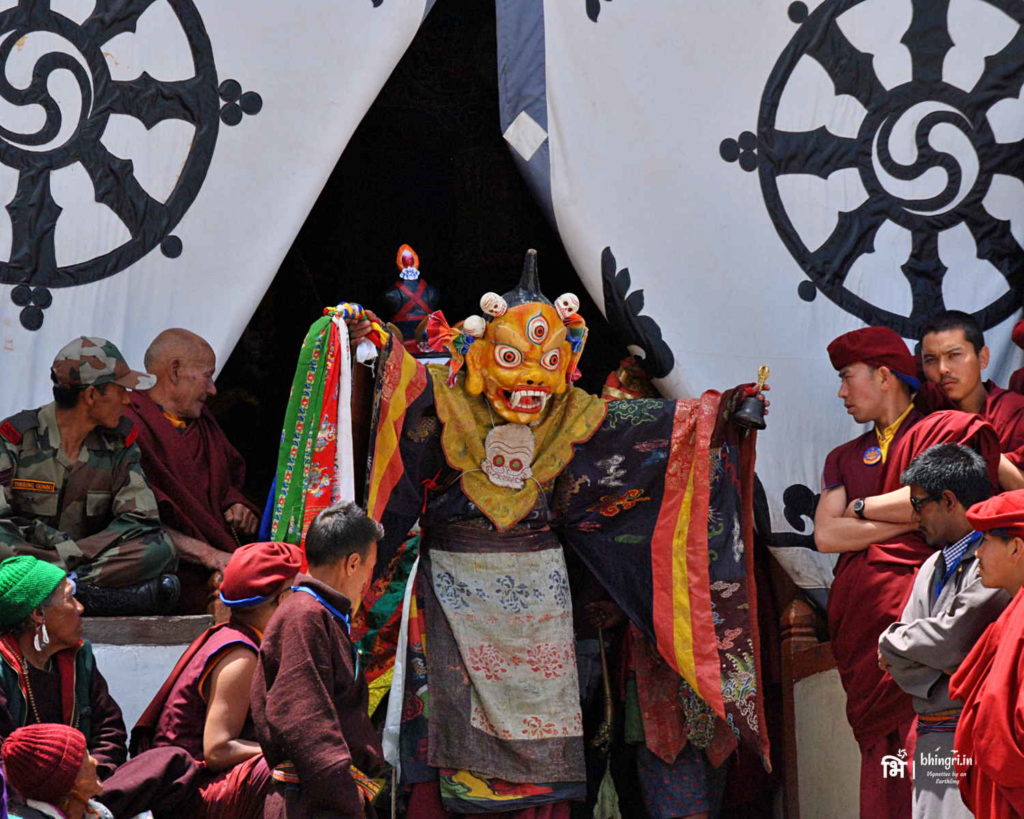
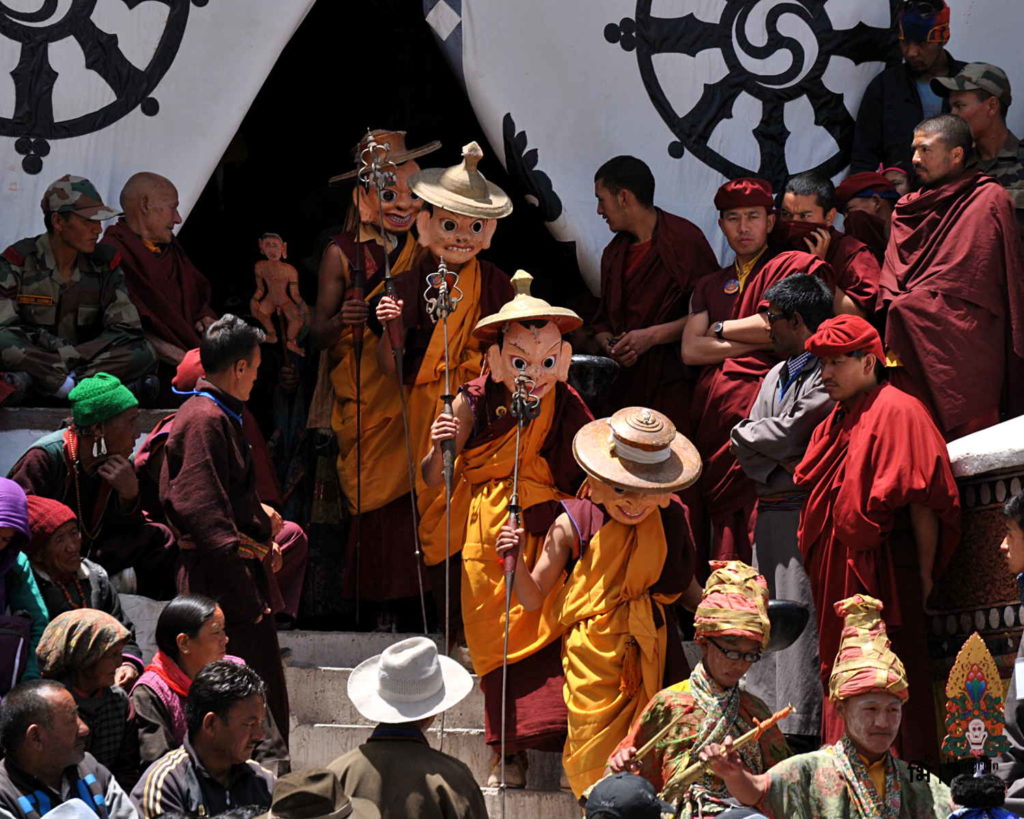
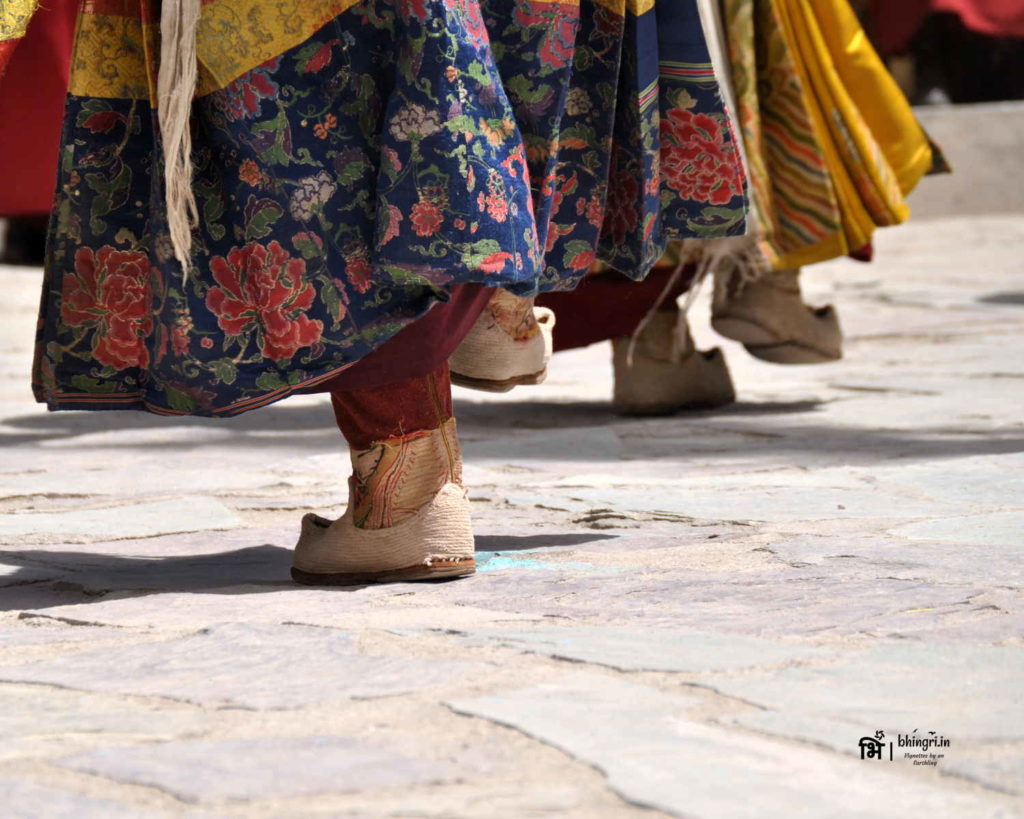
The masked dancers represent various deities, good as well as bad. They have weapons, banners or other props in their hands as they perform a slow step dance in a rhythmic manner. As the story progresses, various groups of characters appear and go behind the curtains. This traditional Ladakhi dance is called as Chhams.
[highlight]The rhythmic monastic orchestra[/highlight]
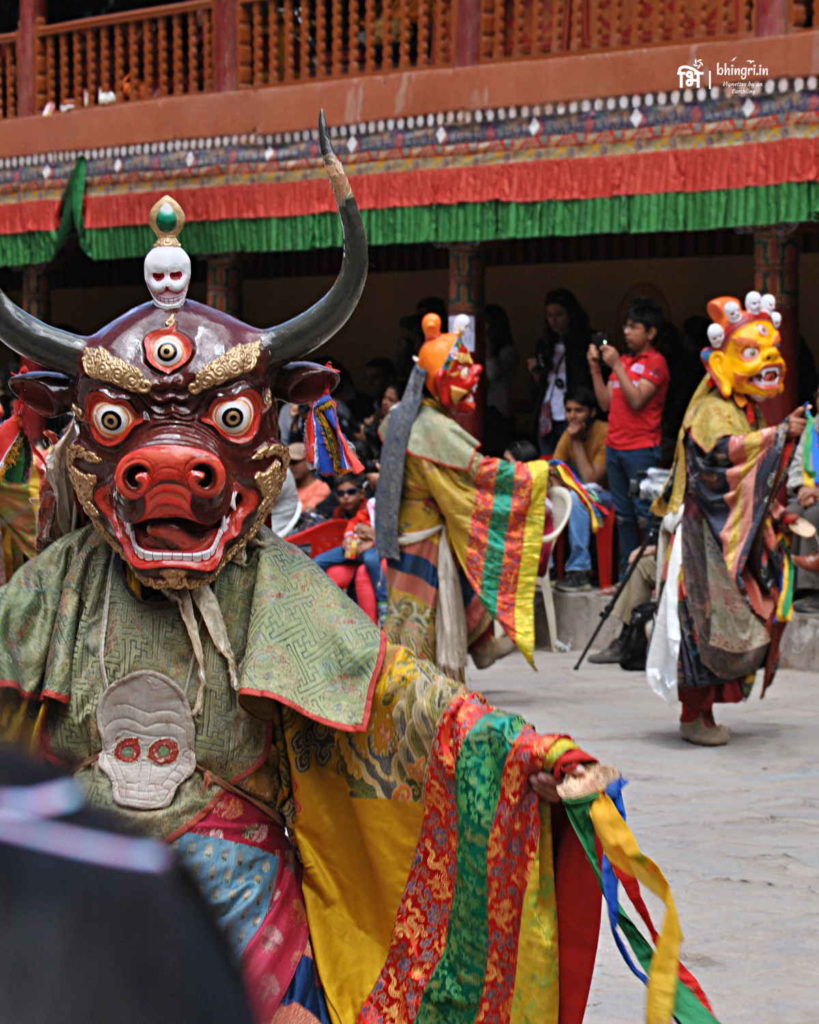

The Climax
The monks sitting in the balconies chant prayers as the horns continue to play their sharp tones. Few of the monks waiting in the galleries perform rituals before the final battle between good and evil begins.

Then masked dancers in the form of monkeys enter with swords and bow and arrows. They perform the ritualistic dance as other monks bring a small sculpture made of flour into the quad. It represents the evil against which the dancers are fighting and eventually win. The dance and the ceremony ends.
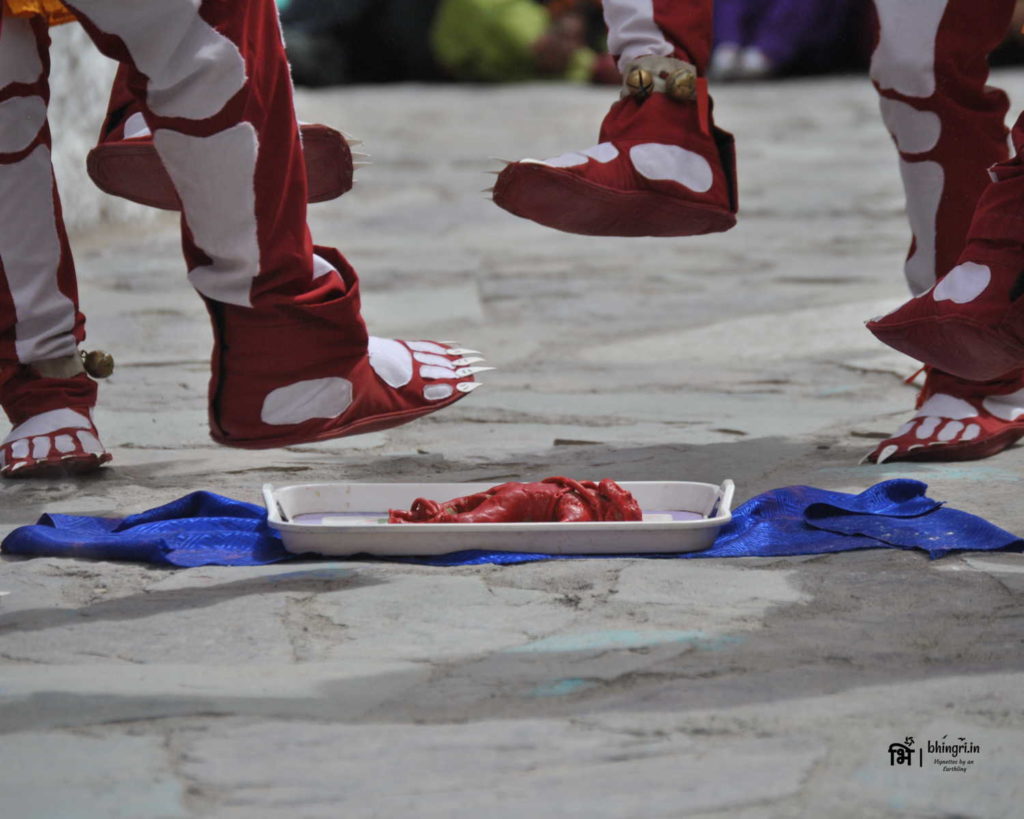
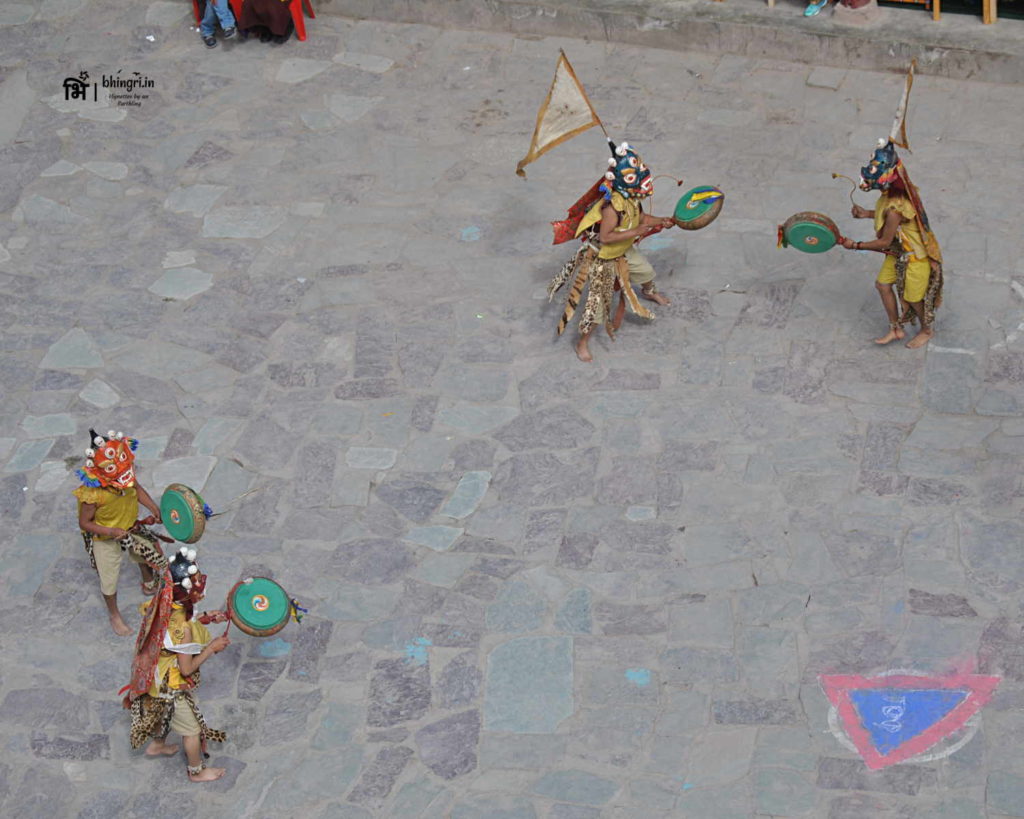
This was one of the classiest festivals I have ever attended and I thoroughly enjoyed shooting hundreds of photographs.
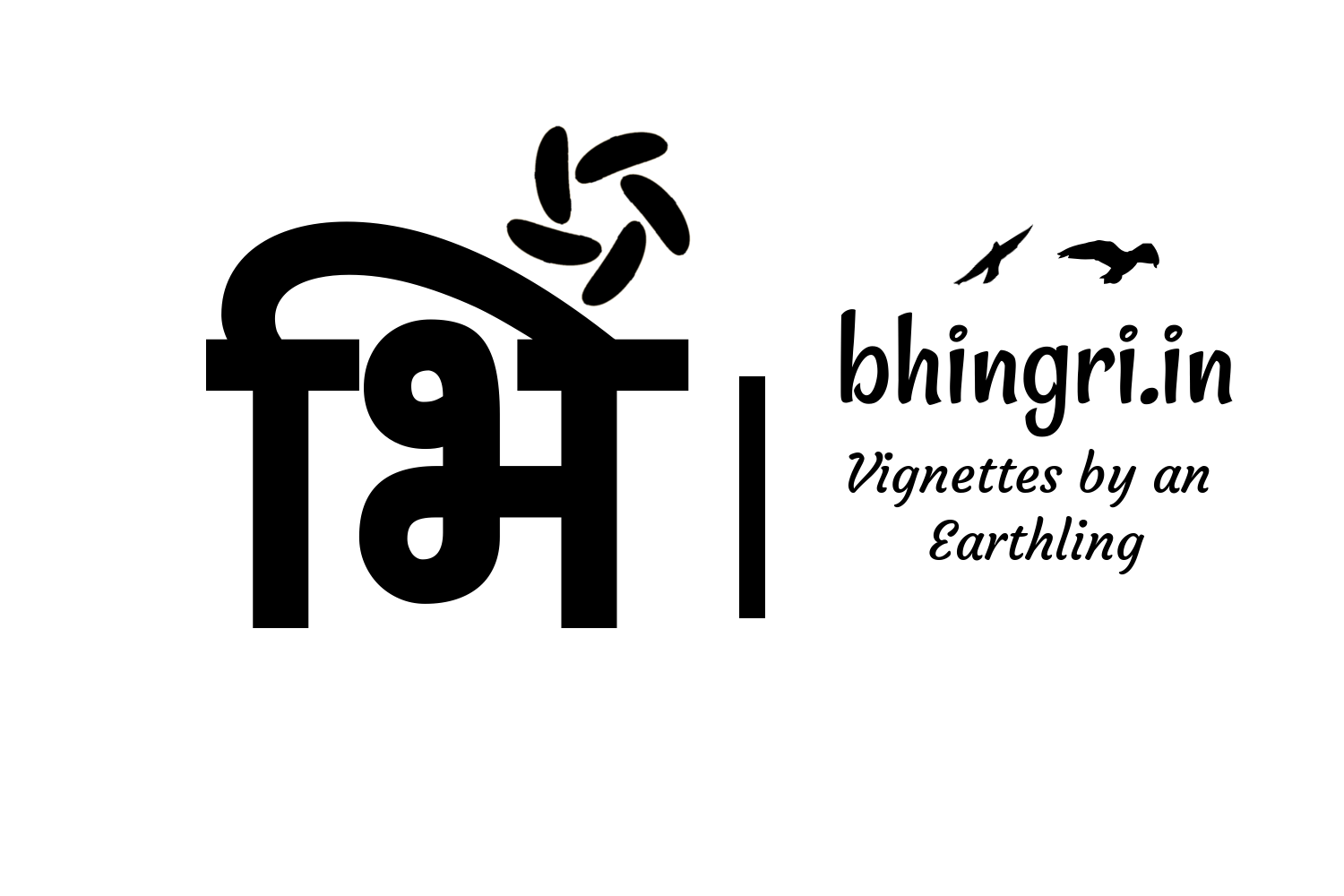

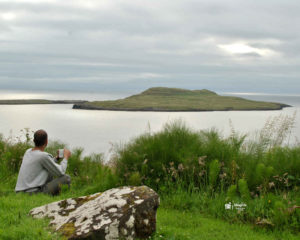

Nice one! Beautiful photographs.
Thanks Prabodh 🙂
It was a great photo opportunity.
Wow, this festival looks amazing! I love how intricate the masks are, and how much the dancers are embodying their characters. Really lovely touch with adding in audio recordings too! I still haven’t made it to Ladakh but one day..!
Thank you Flora for reading! The festival is truly unique. If you haven’t been to Ladakh yet, add it to your list right away. It’s my top most favourite place. Glad you liked the idea of audio clip. I do record a lot of mundane sounds and at times include them in my posts. 🙂